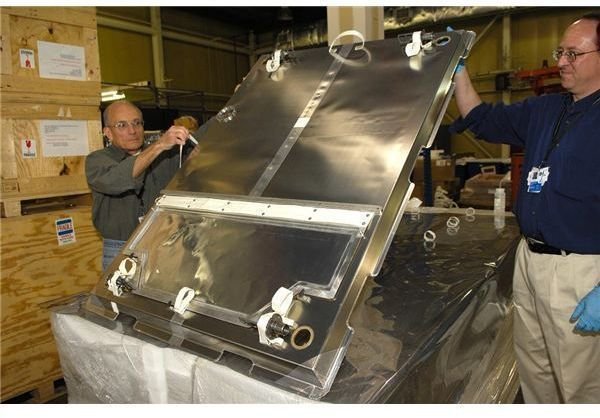What Happened to the Hubble Space Telescope and How the 4th Service Mission was a Success
The Hubble Space Telescope, one of the best known artificial objects in space and a vital astronomical research tool, was deployed in 1990 and began functioning properly after repairs in 1993. Since then, it has returned astounding images of objects in near and deep space. It is the only space telescope designed to be serviced in space by astronauts, and in September 2008, NASA announced that the fifth and final servicing mission would take place in mid-October 2008. But then something happened to the Hubble.
Trouble on the Hubble
On September 27, 2008, about 8:00 p.m., errors were detected with Side A of the Hubble’s Science Data Formatter (SDF). In response, the telescope’s spacecraft computer placed the payload computer and science instruments, including the SDF, into safe mode. The SDF could not be reset, and the payload computer’s data could not be recovered. Further testing revealed that Side A is no longer able to send data to the earth, and the Hubble has been offline ever since.
Since hands-on Hubble repairs require a full space mission, redundancy is built into the telescope’s systems, and the SDF has a backup called Side B. An operations team on the ground has begun the task of transitioning the SDF’s functions to Side B, an involved task requiring five other components to be switched to their Side B systems as well. None of these Side B systems has been activated since before the Hubble was launched in 1990.
Hubble Insulation

Above: The New Outer Blanket Layer (NOBL) to be installed on the Hubble Space Telescope during Servicing Mission 4.
The 4th and Final Hubble Servicing Mission
The Hubble Space Telescope Servicing Mission 4 (which is actually the fifth servicing mission, as Servicing Mission 3 was broken into two parts) is to be the final servicing mission, replacing batteries, gyros, insulation (see image), and scientific instruments to keep the telescope functioning for at least another five years. This mission was canceled once, after the 2003 Columbia explosion, but after a safety review, NASA rescheduled the mission. Only three days before the failure of the SDF, NASA announced that Servicing Mission 4, STS-125, would take place with the launch of Space Shuttle Atlantis on October 14, 2008.
The Hubble’s technical problems delayed that mission until May 11, 2009. The timing of the anomaly, shortly before the last servicing mission, may have been fortuitous despite the delay. The Wide Field Camera 3 (WFC3) and a Cosmic Origins Spectrograph (COS) were able to be installed in the 4th and final Servicing Mission. Since no more servicing missions will take place, STS-125 really has to count, and ensuring another backup system in case Side B fails may extend the life of the invaluable Hubble Space Telescope.
References and Credits
“Hubble Space Telescope Problem Delays STS-125 Launch” (NASA)
“Hubble Space Telescope Servicing Mission 4” (NASA)
NOBL image: https://www.nasa.gov/mission_pages/hubble/servicing/series/Hubble_space_armor.html